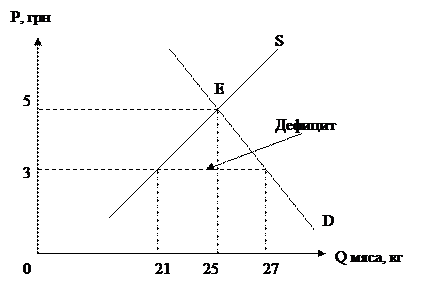Anonymous function conversions
An anonymous-method-expression or lambda-expression is classified as an anonymous function (§7.15). The expression does not have a type but can be implicitly converted to a compatible delegate type or expression tree type. Specifically, an anonymous function F is compatible with a delegate type D provided: · If F contains an anonymous-function-signature, then D and F have the same number of parameters. · If F does not contain an anonymous-function-signature, then D may have zero or more parameters of any type, as long as no parameter of D has the out parameter modifier. · If F has an explicitly typed parameter list, each parameter in D has the same type and modifiers as the corresponding parameter in F. · If F has an implicitly typed parameter list, D has no ref or out parameters. · If the body of F is an expression, and either D has a void return type or F is async and D has the return type Task, then when each parameter of F is given the type of the corresponding parameter in D, the body of F is a valid expression (wrt §7) that would be permitted as a statement-expression (§8.6). · If the body of F is a statement block, and either D has a void return type or F is async and D has the return type Task, then when each parameter of F is given the type of the corresponding parameter in D, the body of F is a valid statement block (wrt §8.2) in which no return statement specifies an expression. · If the body of F is an expression, and either F is non-async and D has a non-void return type T, or F is async and D has a return type Task<T>, then when each parameter of F is given the type of the corresponding parameter in D, the body of F is a valid expression (wrt §7) that is implicitly convertible to T. · If the body of F is a statement block, and either F is non-async and D has a non-void return type T, or F is async and D has a return type Task<T>, then when each parameter of F is given the type of the corresponding parameter in D, the body of F is a valid statement block (wrt §8.2) with a non-reachable end point in which each return statement specifies an expression that is implicitly convertible to T. For the purpose of brevity, this section uses the short form for the task types Task and Task<T> (§10.14). A lambda expression F is compatible with an expression tree type Expression<D> if F is compatible with the delegate type D. Note that this does not apply to anonymous methods, only lambda expressions. Certain lambda expressions cannot be converted to expression tree types: Even though the conversion exists, it fails at compile-time. This is the case if the lambda expression: · Has a block body · Contains simple or compound assignment operators · Contains a dynamically bound expression · Is async The examples that follow use a generic delegate type Func<A,R> which represents a function that takes an argument of type A and returns a value of type R: delegate R Func<A,R>(A arg); In the assignments Func<int,int> f1 = x => x + 1; // Ok Func<int,double> f2 = x => x + 1; // Ok Func<double,int> f3 = x => x + 1; // Error Func<int, Task<int>> f4 = async x => x + 1; // Ok the parameter and return types of each anonymous function are determined from the type of the variable to which the anonymous function is assigned. The first assignment successfully converts the anonymous function to the delegate type Func<int,int> because, when x is given type int, x + 1 is a valid expression that is implicitly convertible to type int. Likewise, the second assignment successfully converts the anonymous function to the delegate type Func<int,double> because the result of x + 1 (of type int) is implicitly convertible to type double. However, the third assignment is a compile-time error because, when x is given type double, the result of x + 1 (of type double) is not implicitly convertible to type int. The fourth assignment successfully converts the anonymous async function to the delegate type Func<int, Task<int>> because the result of x + 1 (of type int) is implicitly convertible to the result type int of the task type Task<int>. Anonymous functions may influence overload resolution, and participate in type inference. See §7.5 for further details.
|




